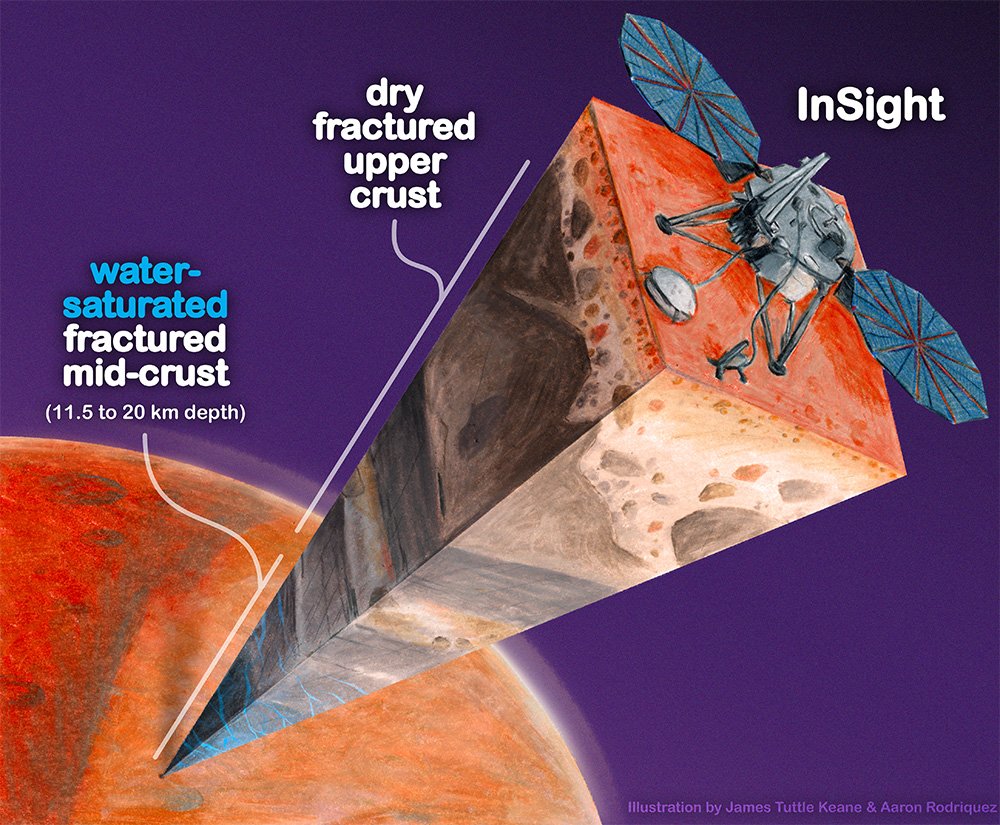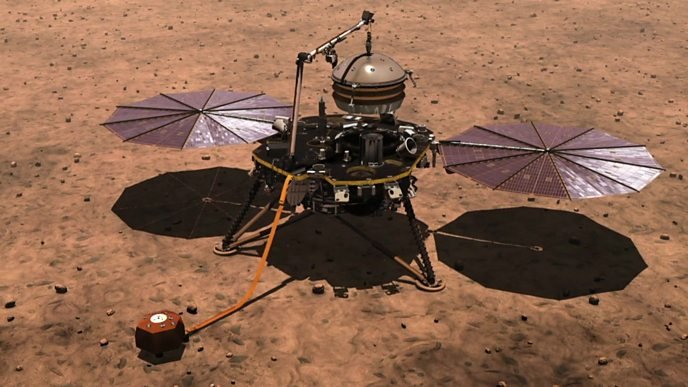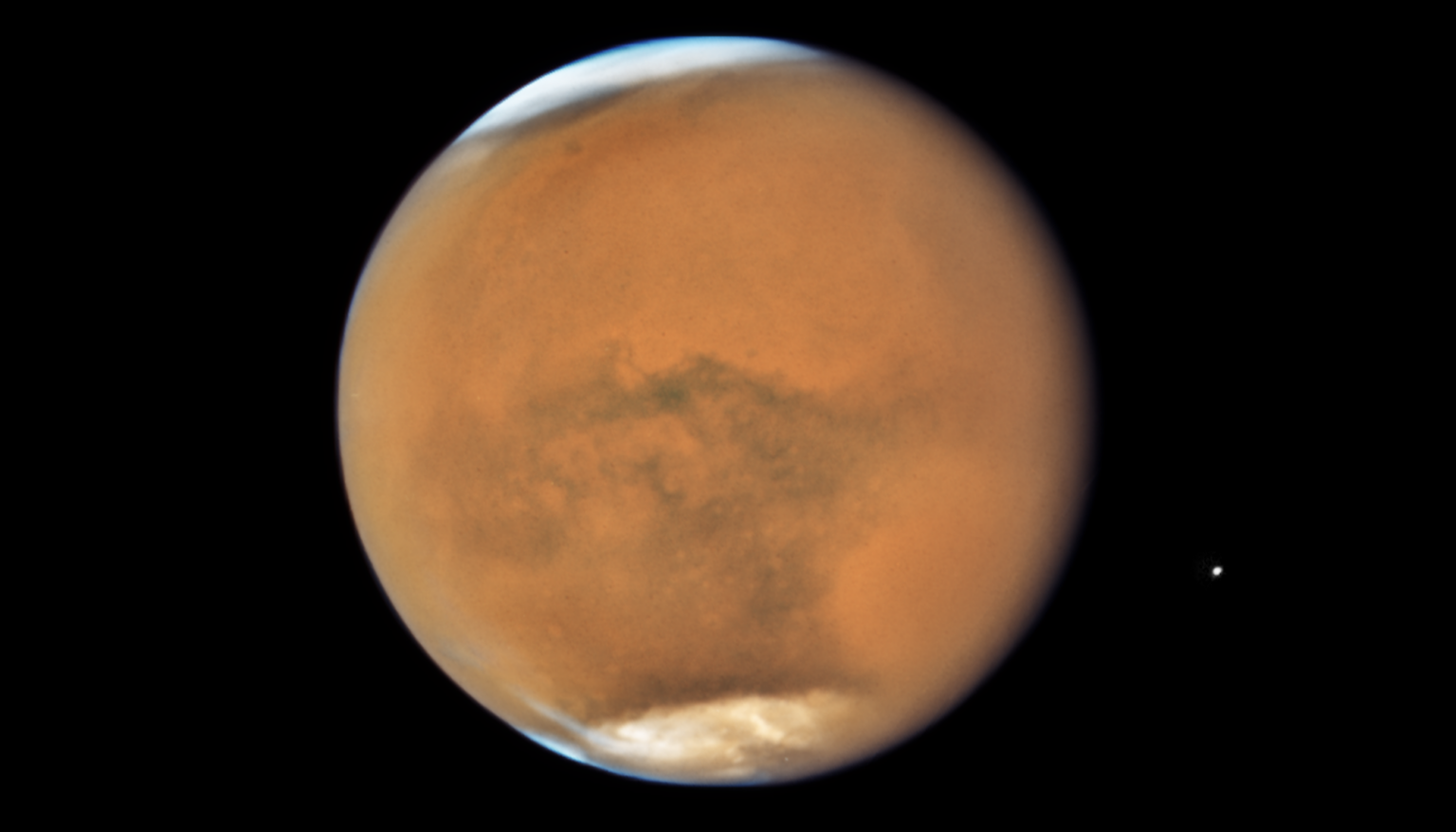Liquid water on Mars
Liquid water on Mars. : Recent findings have revealed that there are large reservoirs of liquid water beneath the surface of Mars, especially in its southern polar region. Using radar data from the European Space Agency’s Mars Express mission, scientists have found substantial amounts of liquid water trapped under layers of ice and sediment. This water might be located in ice layers or a mix of water and salts, which helps it stay liquid despite Mars’ extremely cold temperatures.
What This Means for Mars’ Geological History and Water Cycle
The discovery of these underground water reservoirs changes our understanding of Mars’ geological history and water cycle. It suggests that liquid water has been stable underground for long periods, which may indicate that Mars had more active geological processes in the past. This water stability points to processes that have insulated and preserved water for billions of years, challenging earlier beliefs that Mars was dry and geologically inactive.
Mars’ water cycle is quite different from Earth’s. On Earth, water moves through the atmosphere, oceans, and ice with processes like evaporation and precipitation. On Mars, the cycle is less dynamic, with water mainly moving between surface ice and underground reservoirs. Understanding this unique cycle helps us learn how Mars’ climate and geology have changed over time.
Potential for Life in the Underground Reservoirs
These underground water reservoirs could offer a more stable and potentially habitable environment compared to Mars’ harsh surface. If these reservoirs have the right chemicals and maintain a stable temperature, they might support microbial life. Salts in the water, which lower its freezing point, combined with insulation from layers of ice and rock, could create conditions favorable for life.
Importance for Finding Life on Mars
This discovery is crucial for astrobiology and the search for life on Mars. Subsurface water is one of the best places to look for life because it might offer a safe environment for microbes. The possibility of finding life in these protected water reservoirs gives new hope for discovering life beyond Earth. Scientists will now focus on analyzing the chemical makeup of these reservoirs to see if they could support life.
How NASA’s InSight Lander Contributed
NASA’s InSight lander has been essential in confirming these findings. By measuring Mars’ quakes, or “marsquakes,” InSight has provided data on the planet’s internal structure. The seismometers on the lander, working with radar data from Mars Express, have helped scientists detect changes in subsurface density and locate potential water reservoirs. Combining seismic and radar data has been key to confirming the existence of these underground water bodies.
Geological Processes Behind the Reservoirs
The creation of these underground reservoirs likely involves several geological processes. Interactions between Mars’ volcanic activity, tectonic movements, and ice-covered regions have probably helped form and maintain these water reservoirs. Volcanic heat and pressure underground can keep water in liquid form, while tectonic activity might have created spaces for water to collect and stay insulated from the surface.

Comparing Mars’ Water Cycle to Earth’s
Mars’ water cycle is less dynamic than Earth’s. On Earth, the cycle is driven by a strong atmosphere and active water processes. Mars, however, mostly has frozen water and only occasional changes in the atmosphere. Water on Mars is mostly ice, with only limited liquid water seen on the surface. The underground reservoirs offer a contrast by providing stable, liquid water protected from the harsh surface conditions.
Challenges and Opportunities for Accessing the Reservoirs
Getting to and using these underground water reservoirs is challenging. Drilling through thick layers of ice and sediment is technically difficult and needs advanced engineering. Future missions might develop tools to reach these depths and analyze the water directly. Once accessible, Martian water could support human missions by providing essential resources for life support and fuel, making long-term settlement on Mars more feasible.

In summary, finding underground liquid water reservoirs on Mars is a major breakthrough that improves our understanding of the planet’s history, water cycle, and potential for life. It opens new possibilities for exploring life on Mars and highlights the need for advanced technology to study and use these important resources.

